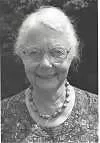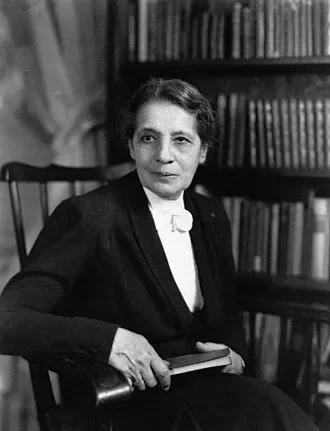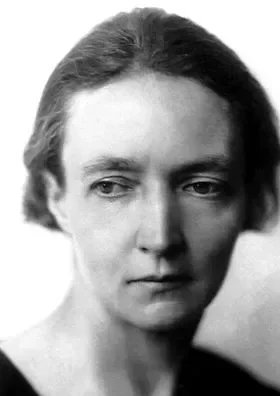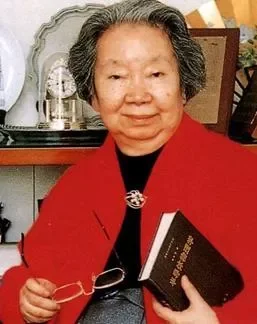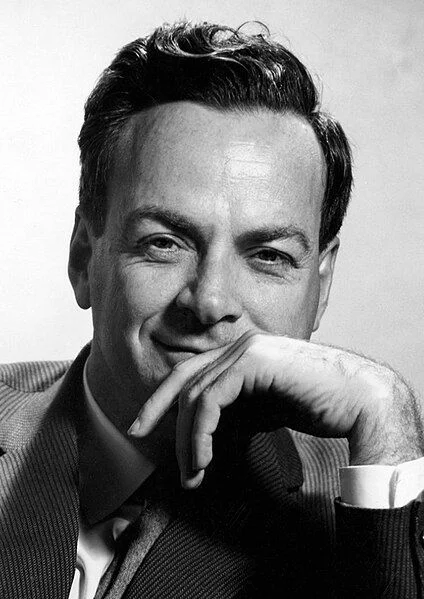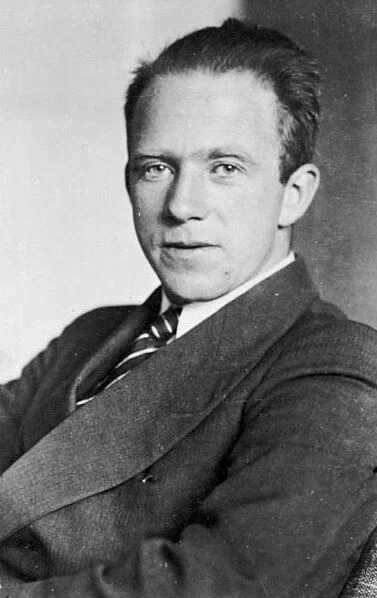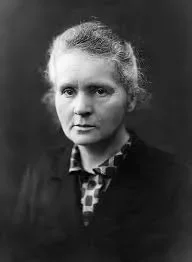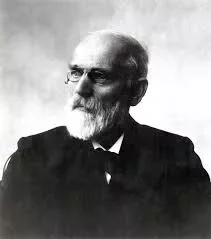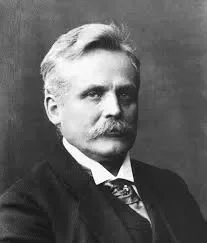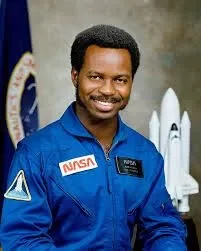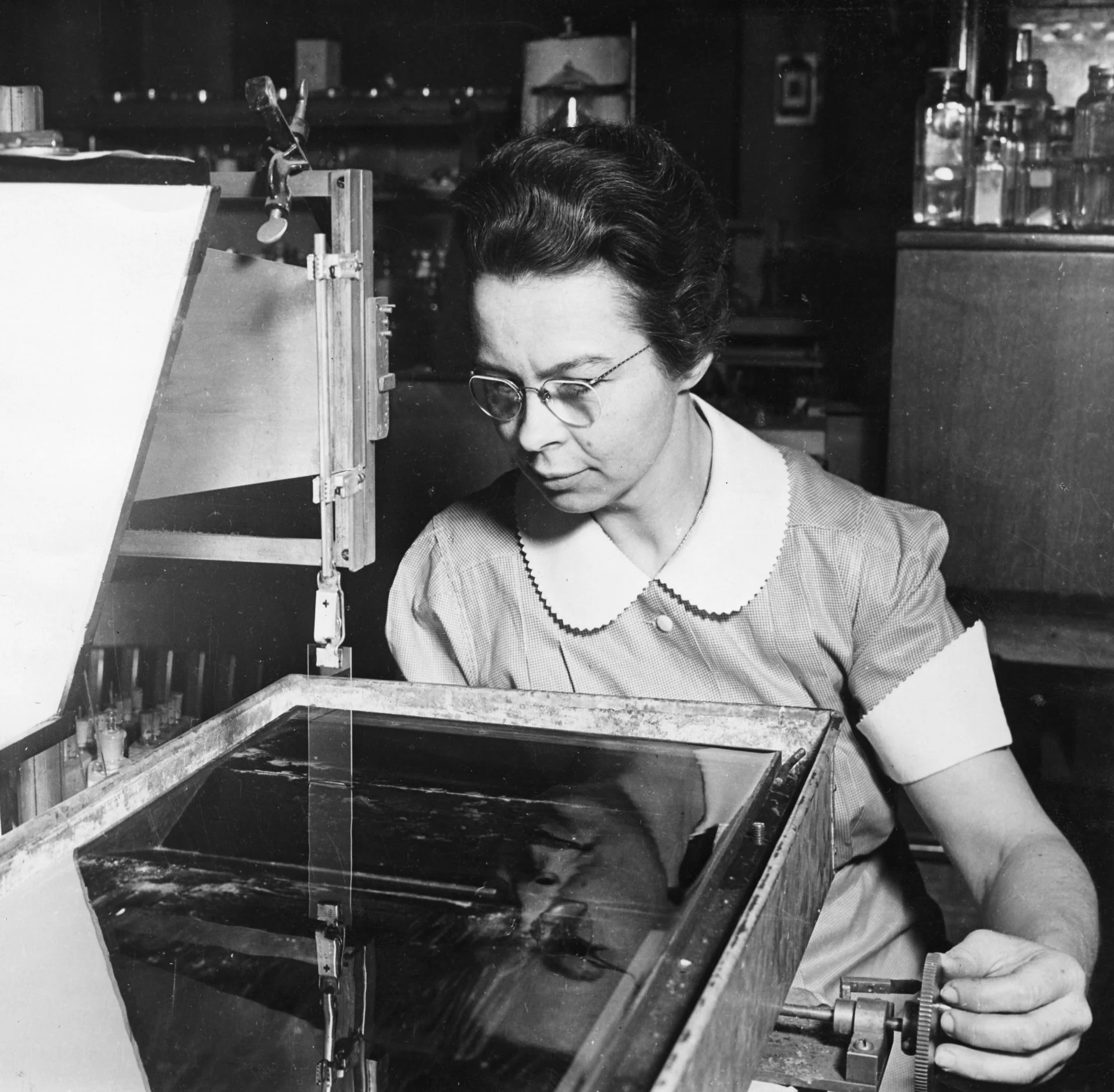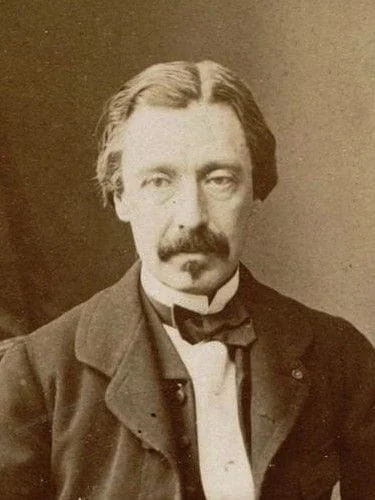Real Celebrities Never Die!
OR
Search For Past Celebrities Whose Birthday You Share
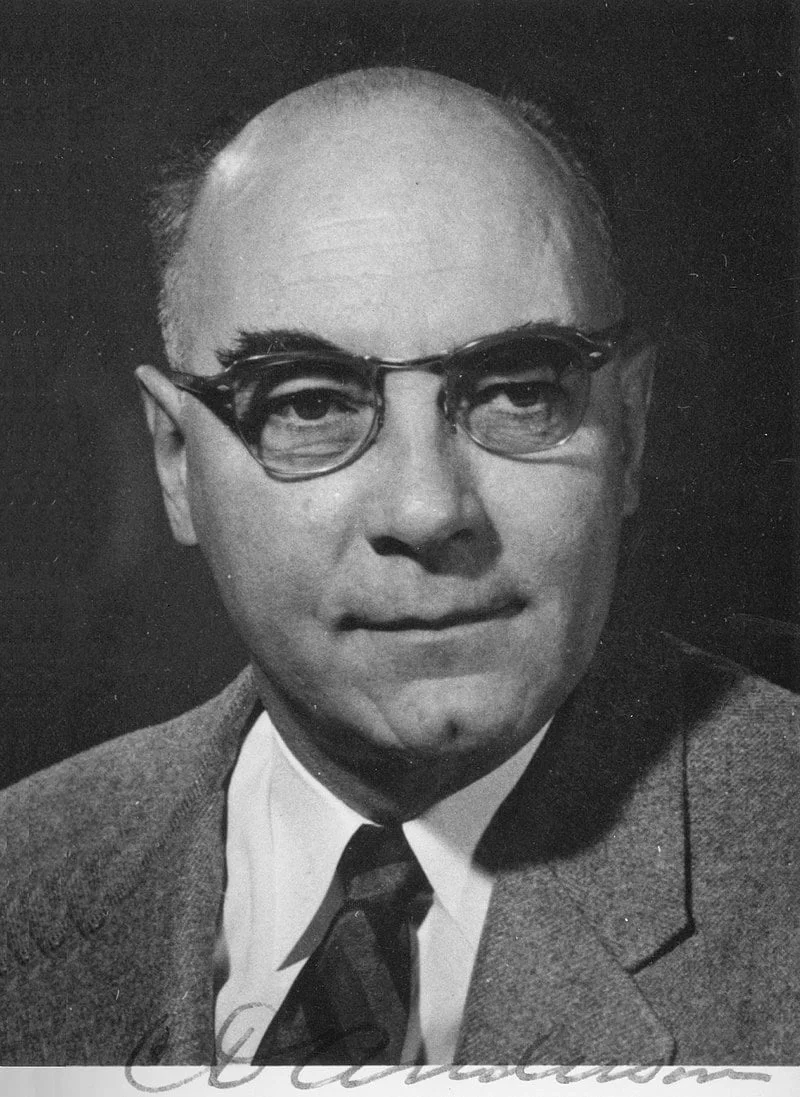
Carl David Anderson
Birthday:
03 Sep, 1905
Date of Death:
11 Jan, 1991
Cause of death:
A short illness
Nationality:
American
Famous As:
Physicist
Age at the time of death:
85
Early Life and Education
Carl David Anderson was an American physicist whose contributions to physics are paramount. He is credited for discovering the positron and muon, for which he shared the 1936 Nobel Prize in Physics with Victor Francis Hess.
Anderson was born in New York City to Swedish immigrants. He developed an interest in science from an early age. He enrolled in Caltech, where he studied physics and engineering before becoming a professor. He was passionate about cosmic rays and high-energy particles that travel from outer space and strike the Earth’s atmosphere. To further study these rays, he used a cloud chamber that could produce visible tracks of the charged particles.
Discovery of the Positron
In 1932, he discovered a positively charged electron which he aptly named the positron. This was the first evidence of antimatter. Anderson confirmed his discovery by producing positrons from gamma rays.
Discovery of the Muon
In 1936, he came across another particle in cosmic rays that exhibited the same mass as an electron but a different charge. He named it a muon after the Greek letter mu. The muon is now classified as a lepton, a fundamental particle that does not participate in strong interaction.
World War II and Rocketry Research
Anderson conducted research in rocketry during World War II. He continued his research on cosmic rays and particle physics after the war. He received many awards and honors for his contributions to physics.
Carl David Anderson's Quote's
Later Years and Legacy
Carl David Anderson remained active in physics research and teaching until his retirement from Caltech in 1976. In his later years, he continued to be recognized for his groundbreaking work. Anderson passed away on January 11, 1991, at his home in San Marino, California. He was 85 years old. His death was due to a brief illness, though the exact cause was not disclosed. Anderson’s legacy in physics is immense. His discovery of the positron opened up the field of antimatter research. This work paved the way for many advances in particle physics. Today, positron emission tomography (PET) scans, which use positrons, are an important medical imaging tool. Anderson’s contributions continue to influence modern physics and technology.
Name:
Carl David Anderson
Popular Name:
Carl David Anderson
Gender:
Male
Cause of Death:
A short illness
Spouse:
Place of Birth:
New York City, New York, U.S.
Place of Death:
San Marino, California, U.S.
Occupation / Profession:
Personality Type
Debater: Debaters aren’t afraid to challenge other people’s theories and thoughts. They enjoy a bit of verbal sparring, especially on controversial topics.
His work on cosmic rays in the ‘30s and ‘40s pioneered the development of modern particle physics.
Carl David Anderson initially wanted to pursue a career in athletics as a high jumper. He helped develop rockets for the military during World War II.
He received the Elliott Cresson Medal in 1937
He won the Nobel Prize in Physics in 1936

